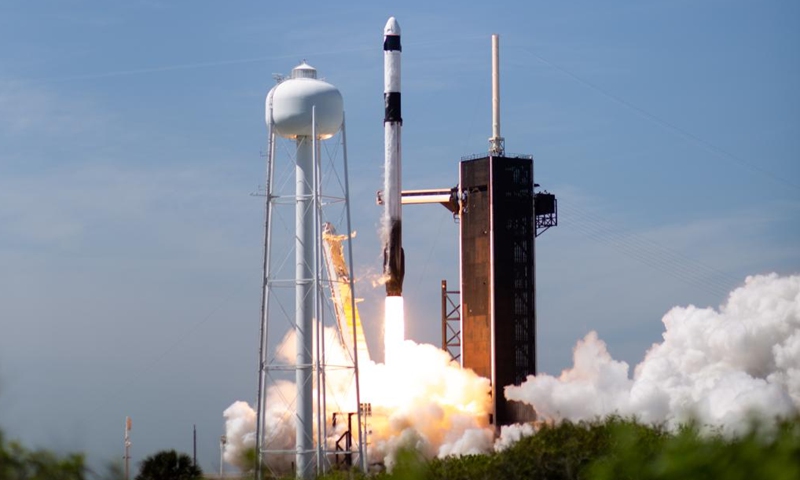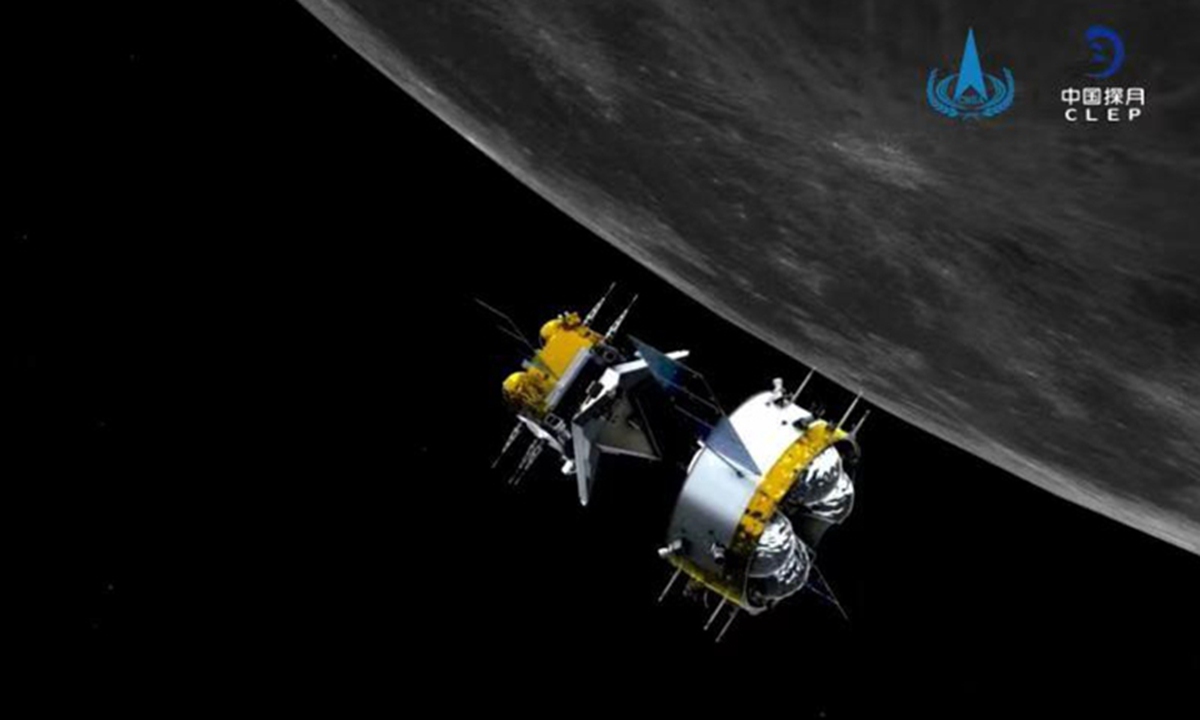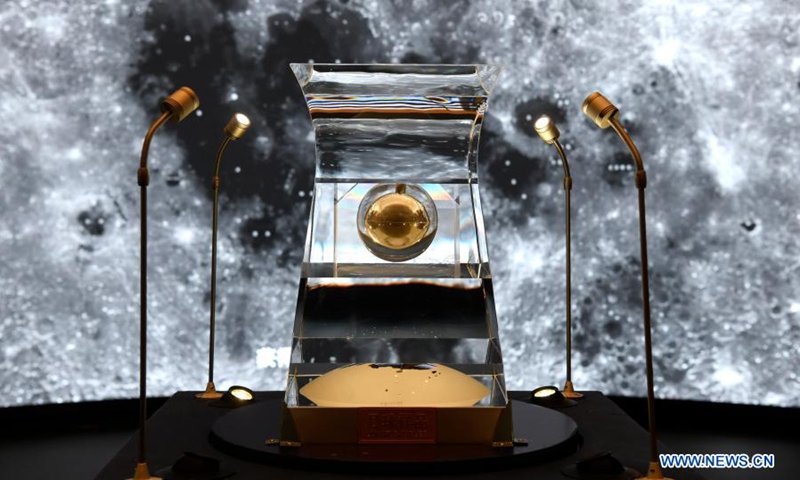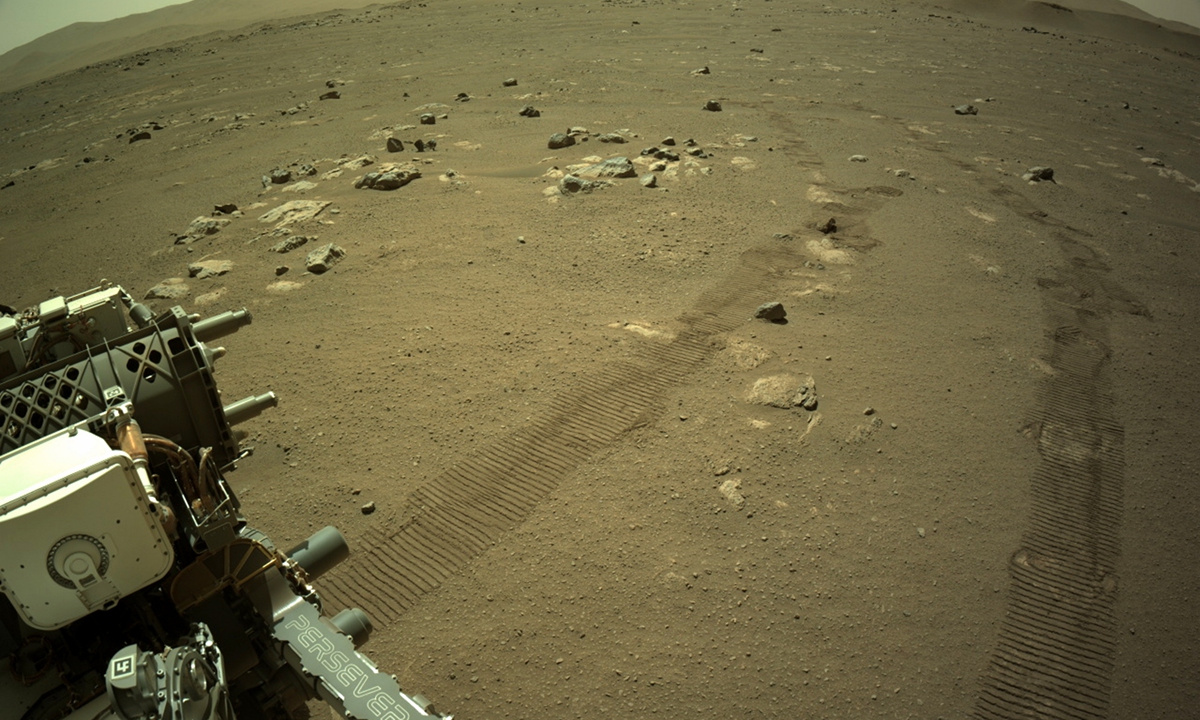Tan Sri Dato’ Seri Dr Jeffrey Cheah AOTan Sri Dato’ Seri Dr Jeffrey Cheah AO
Dear Malaysia - Wednesday, 31 Aug 2022
This year, we mark our 65th National Day and 59th Malaysia Day. I would like to take this opportunity to continue the conversation we started last year by penning some thoughts on our beloved nation. We live in a time of extreme uncertainty. Even as Malaysia and the world transition into the endemic phase, Covid-19 still poses a threat. Tensions between the United States and China have escalated, while the war in Ukraine has disrupted global supply chains. Inflation is soaring and the widening income inequality is reversing decades of hard-earned progress. Given these global headwinds, it is even more pertinent that we as Malaysians get our act together, fast, if we are to overcome these challenges We have to take a hard look at where we are today, where we want to go and how we intend to get there. Let me highlight some positive developments that have happened over the past 12 months. For example, the historic memorandum of understanding (MoU) that was signed by the Prime Minister and the Pakatan Harapan opposition coalition is beginning to bear fruit in terms of reforming our political system. The anti-party hopping law has been gazetted. A political financing bill will soon be tabled. Parliament is growing in independence as it plays its check-and-balance role. But even more crucial is the out-of-the-box thinking that led to the MoU and introduced the concept of “compete and collaborate” into our political system. It provided a sense of stability that greatly helped the governance of the country. We need more such ideas in order to move forward. The government did well to cushion the harshest impact of the rising cost of living for Malaysians, especially for those in the B40 category. But it has come at a huge and, clearly, unsustainable cost: almost RM80bil in subsidies. While these stop-gap measures have provided temporary aid, what we really need is a set of cohesive, coherent and coordinated long-term policies that can raise productivity levels and the rakyat’s income. In the words of the late Nobel Peace Prize laureate Desmond Tutu, “There comes a point where we need to stop just pulling people out of the river. We need to go upstream and find out why they are falling in.” However, like many of my fellow Malaysians, I worry that some in power appear to be more focused on politics, rather than policies. We are all aware of the obstacles we face in trying to build a brighter, more progressive, more inclusive and more sustainable future for our country. Let me share some of them. It is crucial that we acknowledge the pressing need to strengthen our national unity. Our diversity is a strength that enriches us as a nation, not something that divides us. We must all do what we can to clean up the toxicity that influences our conversations on race, religion and culture. And then, there is education. It is no secret that our education system needs a massive overhaul. Unless we urgently address this challenge, we will doom our children and our country to a future of poverty and misery. In a globalised world, the competition our children face will come not just from the student at the next desk, but from far beyond our borders. In this context, I am concerned to learn that the command of English among young Malaysians is on the decline. Obviously, Bahasa Malaysia is our national language and we should know it, but we are a trading nation and English is the language of trade and commerce. A lack of fluency in English may well pose a major hurdle in our efforts to build a prosperous Malaysia. In fact, the more languages we are fluent in, the more opportunities we can explore in this globalised world.The perception is that corruption has now become endemic in this country. I do not need to go into specific details. You are all aware of the issues and the scandals. Unless we seriously root out corruption, we are in trouble.
Like how cancer attacks a body from within, corruption is a disease that can destroy a country and a society from the inside out. Allowing corruption to go unchecked is like injecting poison into a body. Corruption is a two-way street involving a giver and a taker. Battling it will require not only strong laws implemented without fear or favour, but also a change in mindset and culture among all of us. How exactly do we achieve this? The recent decisions by the courts on corruption cases have sparked hope. The judiciary’s upholding of its institutional integrity is a huge step forward in this war against corruption. Let us bear in mind that even as we address these political and socio-economic issues, we do so at a time when climate change threatens the very survival of humanity. Implementing the sustainable development agenda is no longer an option, but an urgent imperative. The path has already been charted for us. The 17 Sustainable Development Goals, or SDGs, adopted by the United Nations in 2015, lay out a holistic and comprehensive roadmap. But realising the 17 SDGs is not the role of governments alone. It requires the commitment of every element of society – the private sector, academia, civil society and every single one of us. We are all in this together. Tan Sri Dato’ Seri Dr Jeffrey Cheah AOA concerned citizen of Malaysia
Dear Malaysia - Tuesday, 31 Aug 2021

My fellow Malaysians
As a third-generation Malaysian of Chinese heritage who was raised in Pusing, Perak, and an entrepreneur who owes a great debt of gratitude to my country for the opportunities it has given me, I would like to share some thoughts on building a more progressive, inclusive and sustainable future for all under the Malaysian sun. We wake up today marking our 64th National Day and, soon, will mark our 58th Malaysia Day on Sept 16. Notice that I said “mark” and not “celebrate.” The reason is obvious: more than 15,000 Malaysian lives lost to Covid-19; more than 1.6 million of our Malaysian family infected; millions more reeling from the impact to their livelihoods; a rising number of Malaysians taking their own lives due largely to factors associated with the pandemic; schools closed; and lockdowns, masks and physical distancing. And to add to our troubles, a political crisis that has witnessed Malaysia having three prime ministers in three years. I do not need to dwell on the details. We are all only too aware of the grim reality. Malaysia is at a tipping point, which some may even liken to what happened on May 13, 1969. However, while May 13 posed a threat to the very existence of what was a much younger Malaysia, the crisis sparked by the pandemic is of a very different nature. The only similarity, in my view, is that once again it is up to us to decide on how we overcome the challenge – an opportunity to take a hard look at where we are today as a nation, where we want to go, and how we get there. In short, we need to have a national conversation within our Malaysian family based on civility and mutual respect. My fellow Malaysians Let’s begin with a discussion on how we can eradicate the virus of racism in our society. Let us acknowledge that Malaysia’s rich diversity of races, ethnicities, cultures, religions and even cuisines is a strength for us to leverage, not a barrier that divides us. Let us break down these walls between us. In this respect, the one silver lining that gives me hope amidst these dark days is witnessing how Malaysians are rising above race and religious lines to help not just their neighbours but even total strangers in their time of need. That this outreach is driven largely by civil society groups comprising young people of all races indicates to me that perhaps the current generation is moving beyond the “us-versus-them” mentality that has dominated much of our lives over the past four decades or so. Let us also use this opportunity to discuss the reforms we need to put in place to build the Malaysia that each and everyone of us wants. The post-May 13 blueprint may have served its purpose back then, although my personal opinion is that while the policies were drawn up with good intentions, the implementation went somewhat off-track soon after. But that was a different time. We cannot overcome the challenges of the Digital Age using analogue mind-sets. We now have an opportunity to thoroughly re-examine the various factors that define our daily lives.
A concerned citizen of Malaysia
Related:
Walk the talk - Comments

'Funds used for political activities' | The Star

Related posts|:
Corruption & incompetence as a result of corrupt policies that breed corruptions & incompetency as Malaysia fails in graft index?




.png)





.png)
.jpg)















